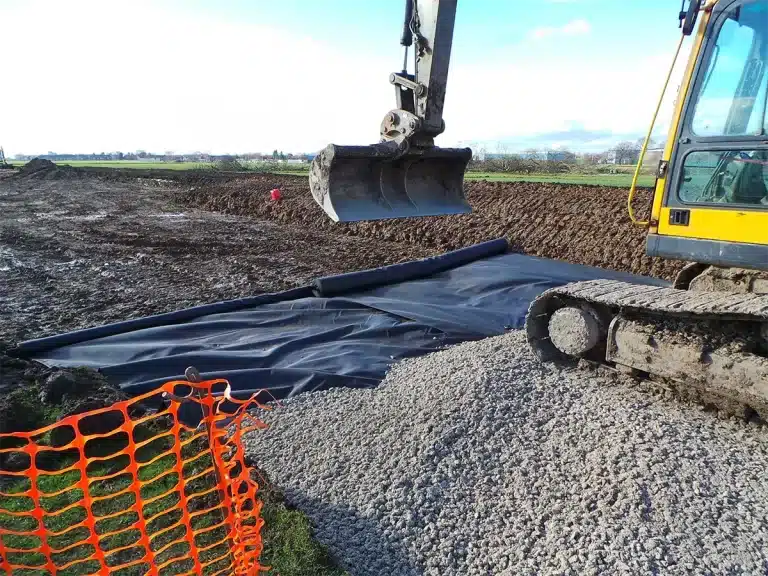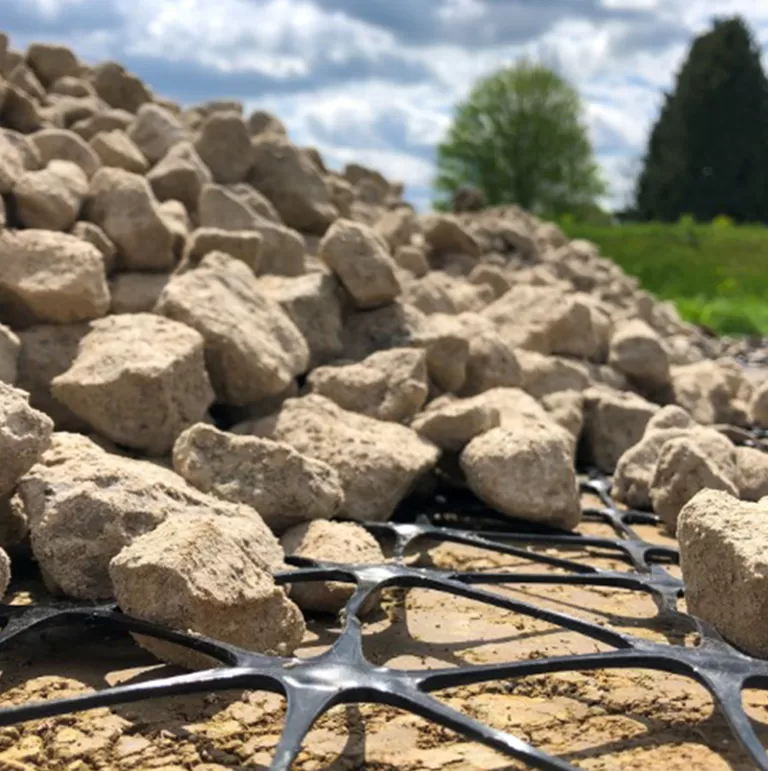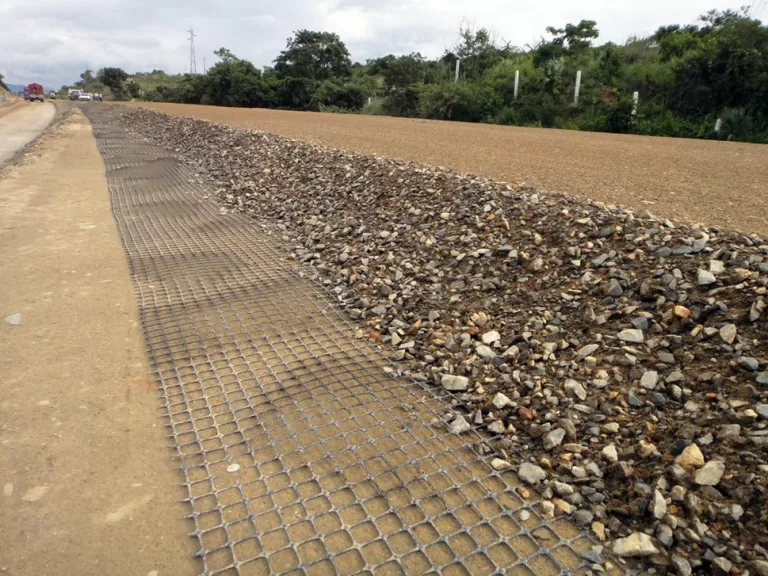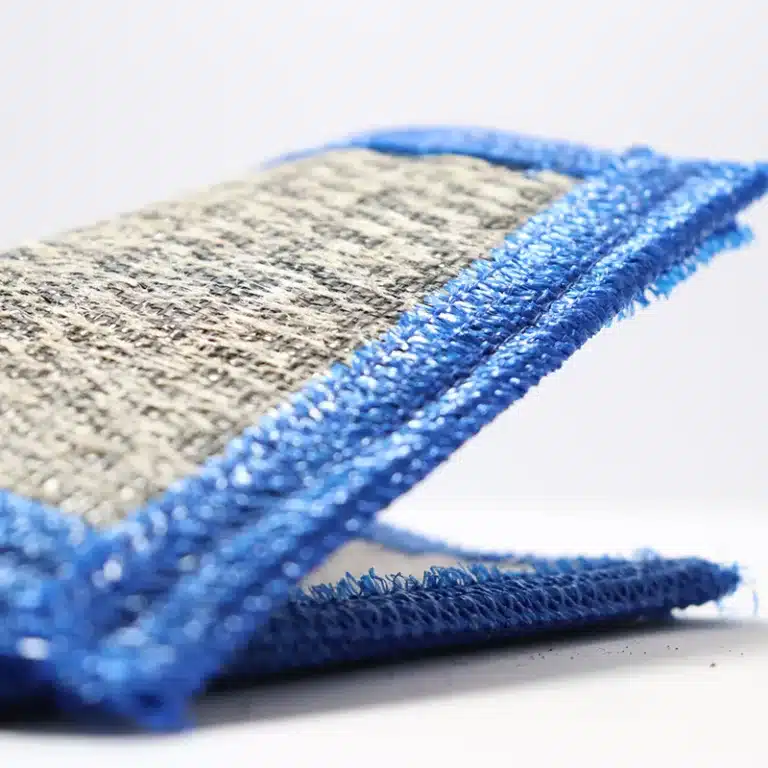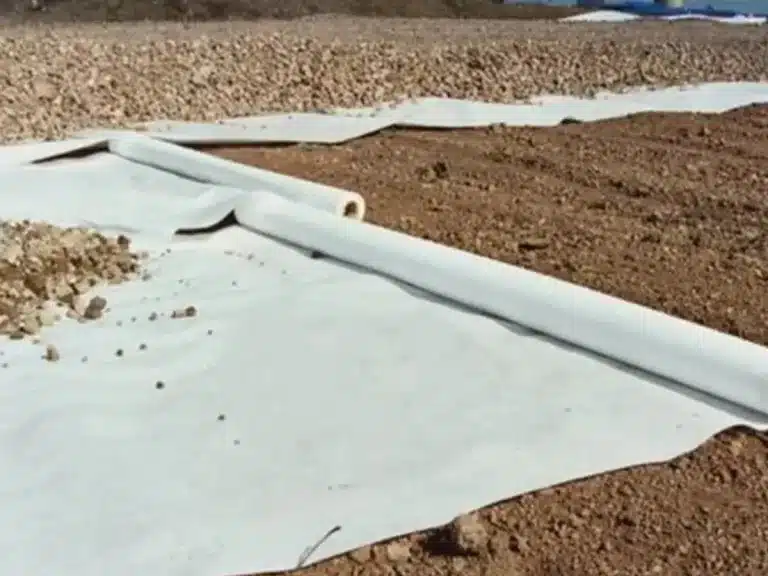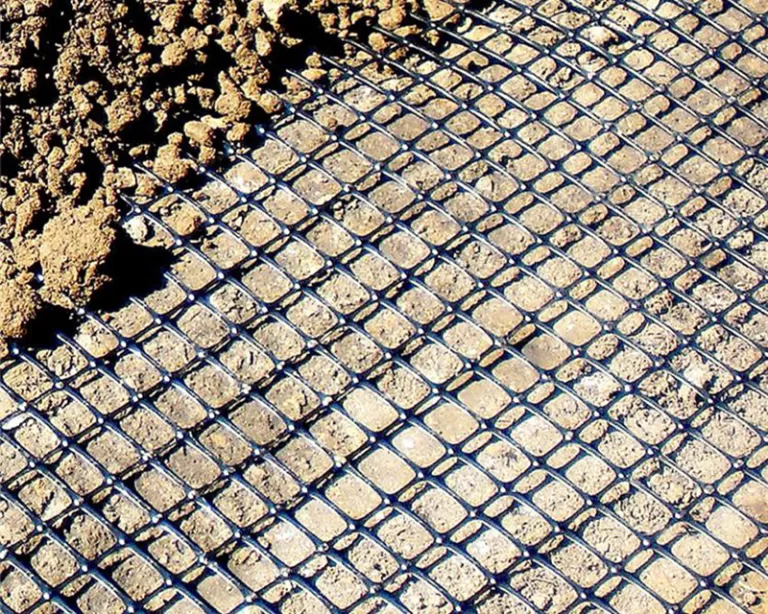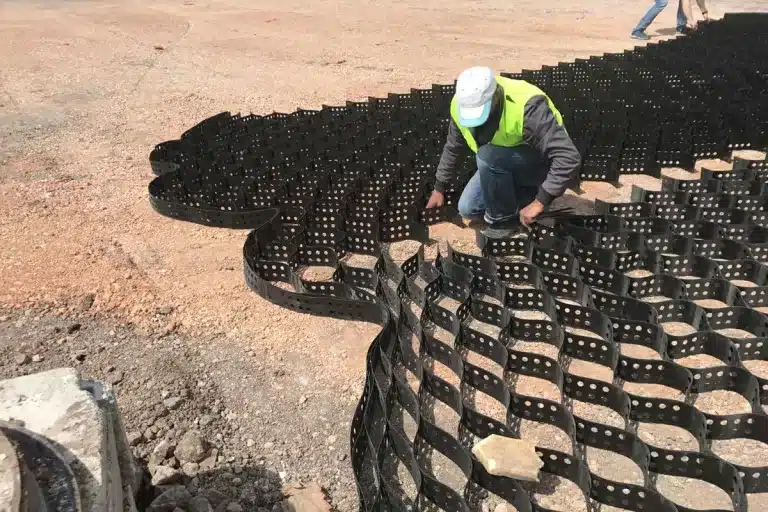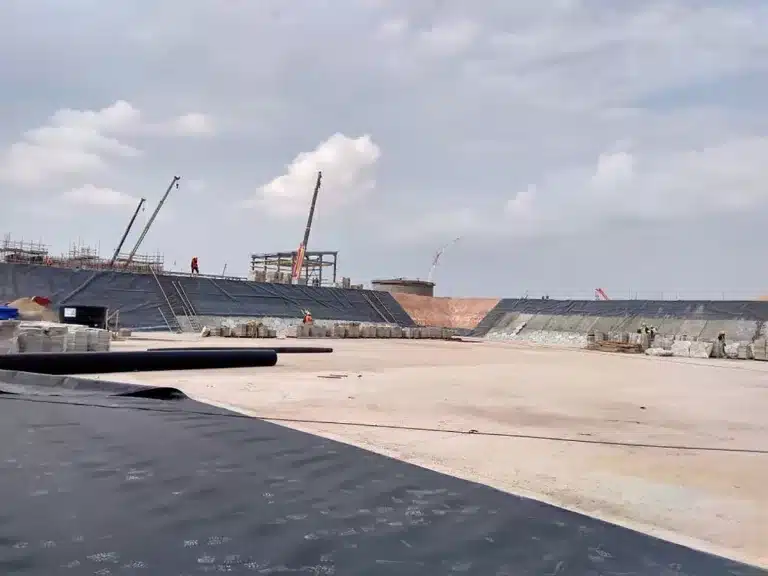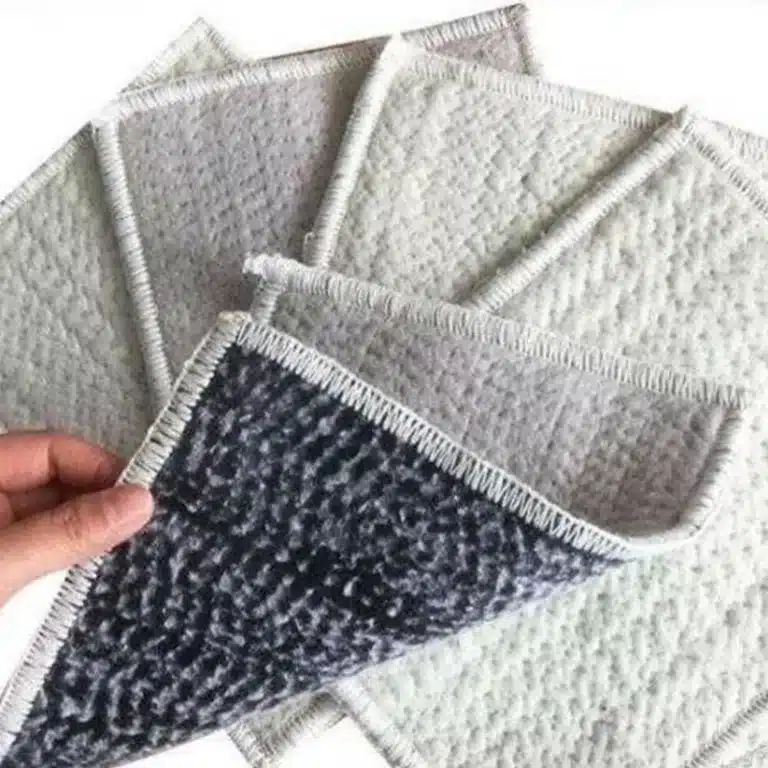Protecting Landscapes: Geotextiles in Erosion Management
Erosion is often viewed as a destructive force, wearing away landscapes and causing environmental damage. However, with the right tools and techniques, erosion can be harnessed for positive outcomes. Geotextiles, a versatile material used in civil engineering and environmental projects, offer a solution to mitigate erosion while providing a range of benefits to various applications. These innovative fabrics reinforce soil and prevent erosion caused by heavy rainfall, wind, and water flow, serving as a protective barrier against the detrimental effects of natural elements.

